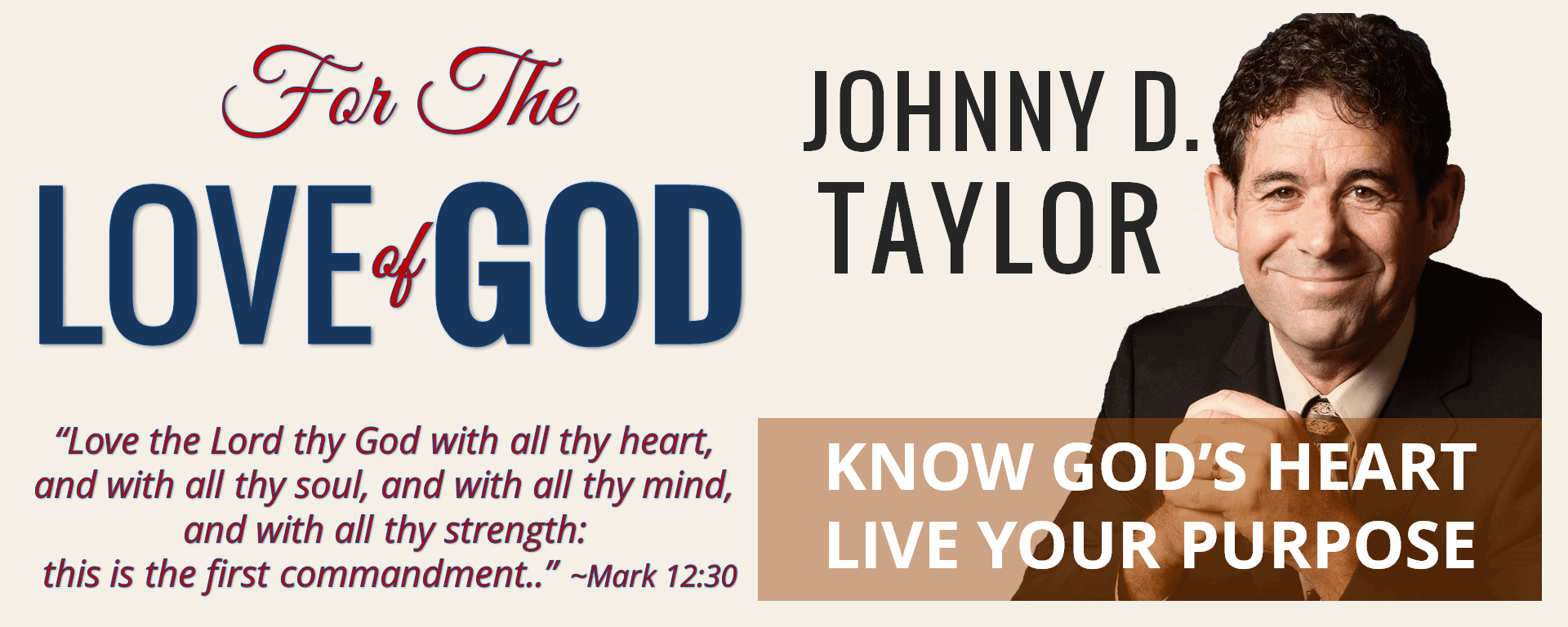Journey Through the Cross
40 Devotions on the Greatest Event of All Time
Day 22: “Skull Hill”
All the earth is under the curse of sin. From the frozen mountaintop to the inky, oxygen-starved depths of the ocean, death and suffering ply their cruel trade.
But do some places bear more than their share? Are there places on earth where the judgment of God’s wrath and the exploits of the Adversary are especially prevalent? If so, surely one of those places was the skull-shaped hill outside the Holy City.
“Golgotha” to the Jews, “Calvary” to the Romans, this place of public execution stood as a constant and grim reminder of the enormous amount of cruelty and agony that could be heaped upon a human being.
Stripped naked and nailed to a tree for all to see, a crucified victim was lifted as a banner to display the abject depths of depravity to which humanity was able to stoop. The roman cross was the ultimate in torturous death, and stood as the exclamation point at the end of a thousand years of experimentation and practice.
If scourging was the “little death”, crucifixion was the Great Death. As scourging was designed to carry the victim to the verge of death and hold him there, crucifixion was designed to make the rest of the journey through death’s door as excruciating as possible.
In fact, the very term “excruciate” means literally “out of the cross”; there was nothing else like it, nothing else as horrible. In short, death by crucifixion was the worst possible death.
The condemned, after the arduous, whip-filled march through Jerusalem’s streets with a large beam on his shoulder, would finally find himself atop the hill. Exhausted and horrified, he would be stopped beside a tall post that was set firmly in the unyielding rock of the Skull.
In a bizarre act of uncharacteristic charity, the executioners would offer to the condemned a drink of sour wine mixed with myrrh. The combination would help take the edge off the abysmal pain that was about to follow. In desperation, he would suck as much of the awful liquid as possible from the offered sponge.
Commanded to drop his crossbeam he would then be thrown to the ground on top of it. Struggling weakly to defend himself against what he knew was coming, he would be easily subdued by a few kicks to the stomach and groin, and then stripped naked.
A greave-clad knee across his chest would pin his flogged shoulders and back painfully to the beam while strong and practiced hands pulled one of his arms into position onto the rough wood. He would squeeze his fist and pull his arm, but it would be to no avail.
The tip of a seven inch iron spike would be placed at the base of the hand where small bones and large tendons would insure the nail would have a firm hold without the possibility of tearing out of the flesh or puncturing any major blood vessel. With an iron hammer, the spike would be driven through the flesh between the bones, and into the solid wood beneath.
The victim’s other hand would then be easier to handle for the soldiers as they nailed it also to the beam, leaving a distance of about three feet between.
One or two soldiers on each end of the crossbeam would then lift it, the victim dangling bodily in midair, and set the center of the crossbeam onto a bracket located high on the upright. A couple of nails or a piece of rope, and the cross was secured.
With his full weight hanging on the nails through his hands, the victim would feel his fingers pulled into macabre claws, grit his teeth against the searing pain that shot down his arms and shoulders, and would find he was unable to exhale with his arms pulled above his head.
Quickly the soldiers would grip a leg, bend it at the knee, press a foot against the side of the upright, and drive a nail through the ankle into the weathered wood, then do the same thing on the other side. In a matter of a couple of minutes the victim was crucified, fastened firmly to the cruelest tool of death ever to exist in this world.
Starved now for oxygen the crucified would push against the nails in his feet and pull against the nails in his hands in an effort to lift himself up, scraping his scourged back against the rough hewn wood. He must get his elbows low enough to allow him to exhale.
So for a crucified person, the very act of breathing became an exercise in torment, a grisly pull-up marking every few breaths.
There would be no more loud screams, cries, curses or prayers; those all required too much breath and effort. Gasps, moans, whimpers, and an economy of words were all that could be mustered by the victim of the roman cross.
This is what awaited the Lamb of God at the end of His trip up the Via Dolorosa.
”…they pierced My hands and My feet.” Psalm 22:16




Leave A Comment